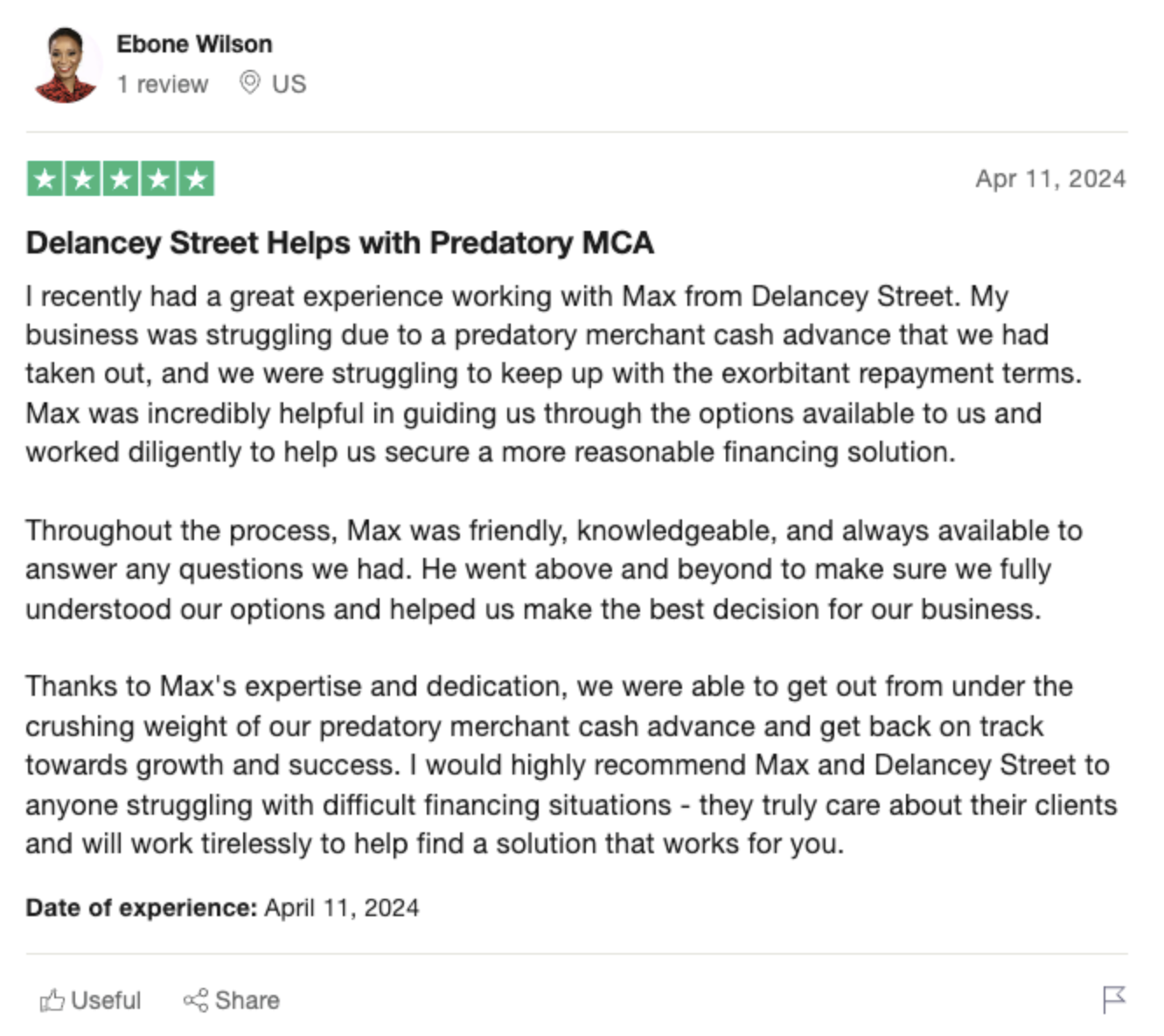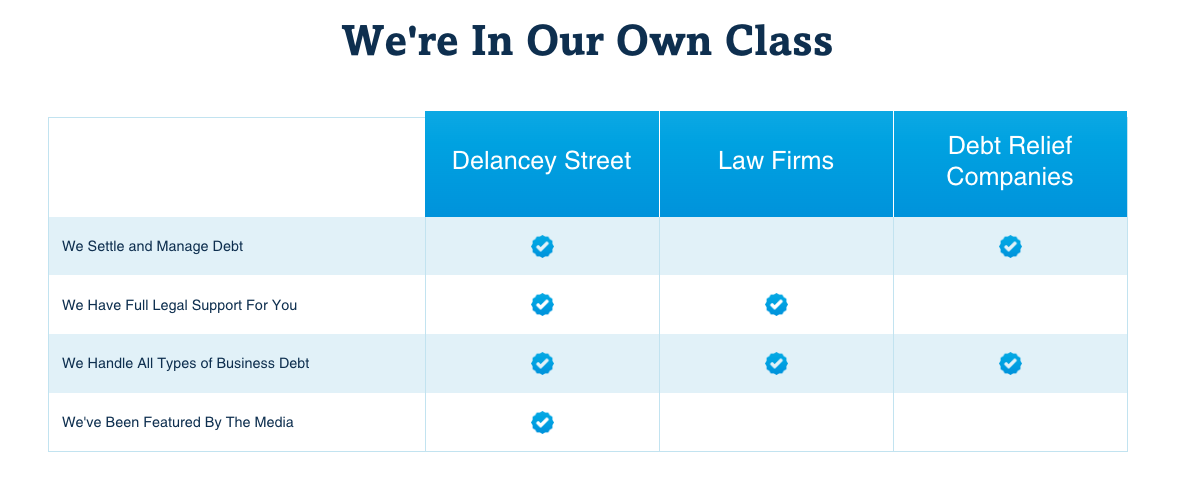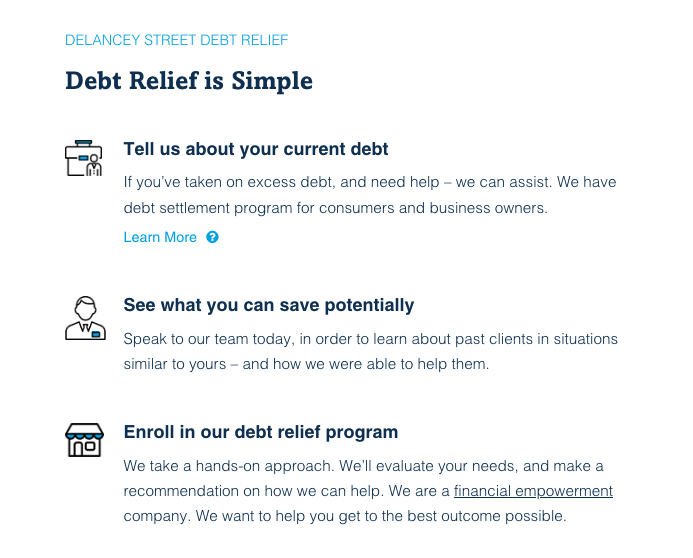Texas Business Owner’s Guide to Debt and Financing
As a business owner in Texas, understanding your financing and debt options is crucial to the success and growth of your company. Having access to capital allows you to invest in equipment, hire talent, market your products/services, and ultimately scale your operations. However, taking on too much debt or the wrong types of financing can strap your cash flow and jeopardize the health of your business. This guide provides an overview of the common types of financing and debt instruments available to Texas businesses, key factors to consider when choosing between options, and tips on managing cash flow.
Types of Business Financing
Loans
Bank Loans
The most traditional source of financing is bank loans (https://www.reddit.com/r/smallbusiness/comments/wktebr/best_banks_for_small_business_loans/). Banks provide a variety of loan products catered to business needs, including:
 -
-- Term Loans – Fixed amount loans issued for a set number of months/years. They usually have lower rates than lines of credit.
- Lines of Credit – Revolving credit lines that can be tapped as needed. Only pay interest on what you use.
- Equipment Financing – Funding for specific pieces of equipment, usually with the asset as collateral.
- SBA Loans – Loans backed by the Small Business Administration. Typically have lower down payments and interest rates.
Pros:
- Predictable monthly payments
- Can access larger loan amounts
- Fixed rates through the life of the loan
Cons:
- Lengthy application process with lots of paperwork
- Strict eligibility and underwriting requirements
- Higher rates and fees than SBA loans
Alternative Loans
If you don’t qualify for a bank loan or need funding quickly, alternative lenders (https://www.reddit.com/r/smallbusiness/comments/wkrlwb/anyone_have_experience_getting_business_loans/) offer financing options like:
- Merchant Cash Advances – Borrow against future credit card sales. Daily repayments come as a percentage of sales.
- Invoice Factoring – Sell unpaid invoices to quickly access cash tied up in them. The factor provides 80-90% of the invoice value upfront.
- Peer-to-Peer Loans – Borrow from a pool of retail investors. Offers quick funding but very high rates.
- Crowdfunding – Raise smaller amounts of funds from a large group of supporters.
Pros:
 -
-- Fast access to funds
- Flexible eligibility requirements
- Get funding despite poor credit
Cons:
- Very high interest rates
- Large repayments can strap cash flows
- Risk of predatory lending practices
Equity Financing
Instead of taking on debt, you can raise capital by selling shares in your company (https://www.reddit.com/r/smallbusiness/comments/wkrlwb/anyone_have_experience_getting_business_loans/). Common options include:
- Venture Capital – Institutional investors who provide millions in growth funding but take an ownership stake and often a controlling interest.
- Angel Investors – High net worth individuals who invest their own money into promising startups for an equity share.
- Crowdfunding – Pool smaller investments from a large number of backers on online platforms.
Pros:
- No repayment burden
- Investor expertise and networks
- Builds credibility for future funding
Cons:
- Loss of ownership control
- Giving up equity too early
- Investors expect high returns
Factors to Consider
Intended Use of Funds
A key factor in choosing financing is what you intend to use the capital for (https://www.quora.com/What-are-some-things-I-should-consider-before-taking-out-a-business-loan). Is it for:
 -
-- Purchasing equipment or real estate? Equipment financing or commercial mortgages allow you to fund large assets while retaining ownership.
- Smoothing out cash flows? Revolving lines of credit provide flexible working capital to bridge gaps.
- Fueling growth? VC or angel funding accelerates expansion but dilutes ownership.
Matching the financing type to your needs results in the best terms and sets your company up for success.
Cost of Capital
The interest rates and fees levied on the financing option directly impacts how much cash you can retain for operations and profit (https://www.avvo.com/legal-guides/ugc/what-is-cost-of-capital). Cheaper forms include:
- SBA Loans – Rates capped between 6-8% thanks to government guarantees. Low fees of 2-3%.
- Bank Loans – Average small business loan rates of 5-10% depending on term. Approval fees around 1-2%.
- Invoice Factoring – Typically charges 1-5% per invoice funded.
More expensive options:
 -
-- Merchant Cash Advances – Equivalent APRs typically between 30-80% when fees and compounding are considered.
- Peer-to-Peer Loans – Interest rates from 7% into the high double digits. Origination charges apply.
- Crowdfunding – Giving up equity stakes from 10-25% alongside other rewards/fees.
Running the numbers for total capital costs and weighing them against potential returns from the financing allows you to make an informed borrowing decision.
Repayment Terms
Understanding the repayment timeline across different instruments also prevents cash flow issues (https://www.lawinfo.com/resources/small-business/what-to-know-before-taking-out-a-business-loan.html).
- Bank Term Loans – Even amortization with monthly principal + interest payments. Predictable schedules support planning.
- SBA Loans – Low fixed rates with longer repayment timelines for stability.
- Lines of Credit – Interest-only or minimum payments during draw periods. Principal is due at maturity.
- Merchant Cash Advances – Daily repayments that fluctuate based on credit card sales. Hard to forecast.
Collateral Required
Most lenders or investors secure their investment in your business against tangible assets or personal guarantees in case of default (https://www.findlaw.com/smallbusiness/business-finances/assets-as-collateral-for-a-small-business-loan.html). Common collateral options include:
- Accounts Receivable – Future invoices owed by clients.
- Inventory – The products and materials you have in stock.
- Commercial Real Estate – Land, office buildings or warehouses you own.
- Equipment – Machinery used for production.
- Personal Assets – Your home, vehicles or investments.
Using business assets rather than personal collateral is preferable to limit personal liability. You’ll also have more direct control over liquidating them if required. Understand the types of collateral different lenders accept during the application process.
Tips on Managing Cash Flow
Budget Carefully
Once financing is secured, diligently tracking where the capital is allocated is vital for keeping cash flow healthy (https://www.reddit.com/r/smallbusiness/comments/wkrlwb/anyone_have_experience_getting_business_loans/). Stick to your budgeted use of funds and monitor outflows to prevent misusing working capital on non-essential expenses.
Build Payment Buffers
Don’t leave loan repayments until the last minute. Set aside a portion of receipts to cover financing costs at least a month in advance (https://www.quora.com/What-are-some-things-I-should-consider-before-taking-out-a-business-loan). This buffers against fluctuations in income and ensures you avoid expensive late fees.
Reinvest Profits
As your operations ramp up, funnel a share of rising revenues back into the business to spur further growth rather than withdrawing large owner payouts. This organically builds capital over time and reduces reliance on external financing.
Taking a strategic approach to securing business financing enables Texas enterprises to fund their vision while remaining financially sustainable. Identifying the most affordable capital sources for your needs, understanding repayment obligations, and tightly planning the allocation of funds allows you to unlock growth while effectively leveraging debt. With sound cash flow management and gradual reinvestment into operations, your financing facilitates expansion rather than causing financial strain.







